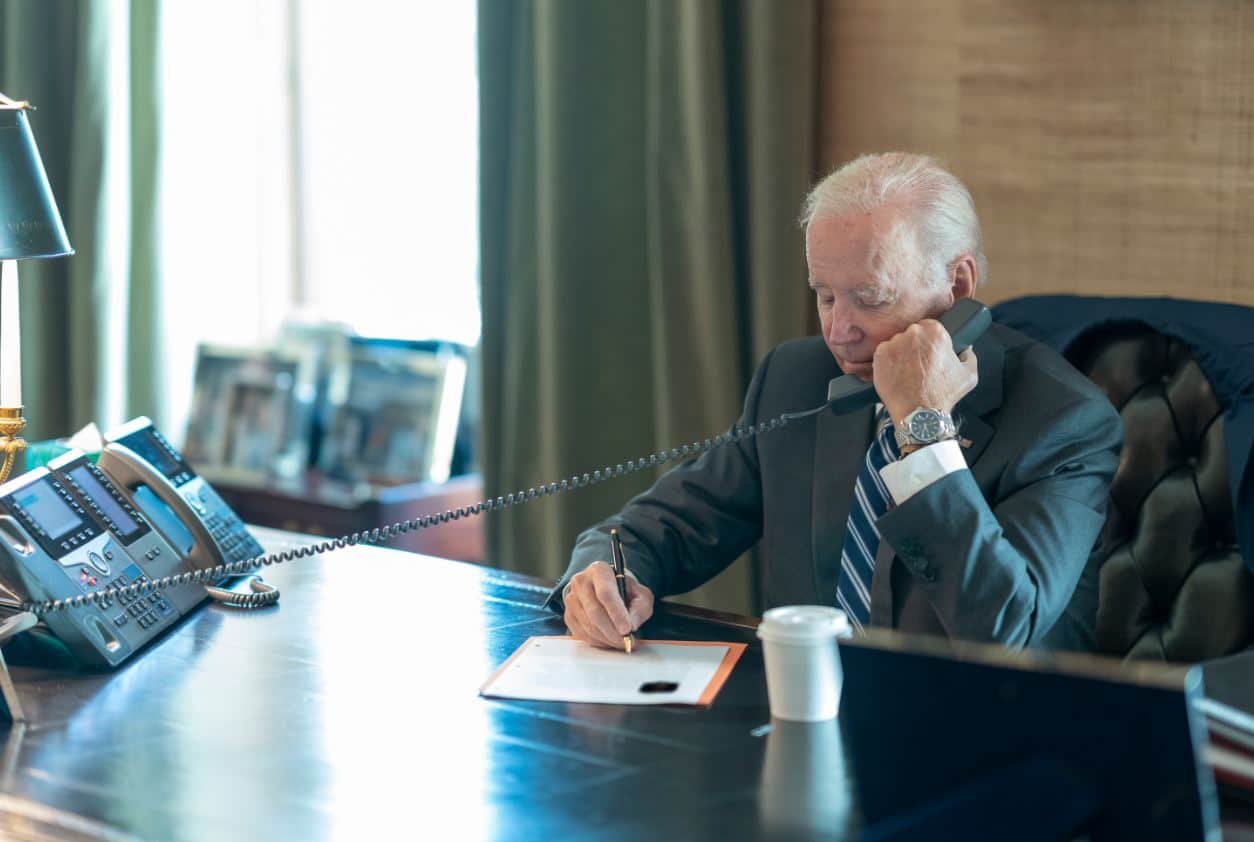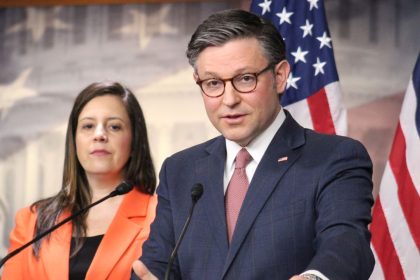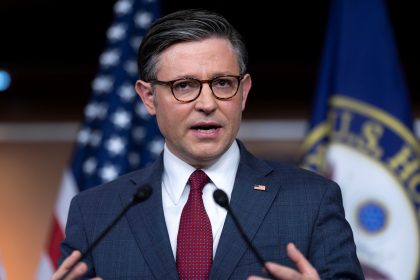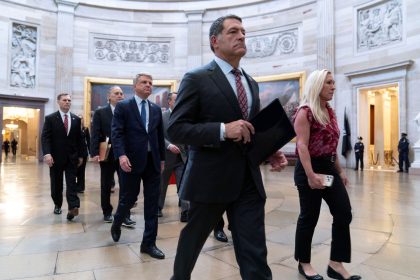Disputes Linger in Congress About Biden’s Clean Energy Subsidies

WASHINGTON — After Hurricane Ian ravaged Florida with Category 4 winds, a House committee met Thursday to discuss how the recently enacted Inflation Reduction Act might help combat climate change.
Climatologists predict fierce hurricanes like Ian will become a feature of climate change that only gets worse as warming sea waters fuel powerful winds.
Some lawmakers used the hurricane as an example of why they think it’s time to switch to the clean energy future envisioned by the Inflation Reduction Act that President Joe Biden signed into law on Aug. 16.
“The Inflation Reduction Act is a cost-cutter,” said Rep. Kathy Castor, D-Fla., chairwoman of the House Select Committee on the Climate Crisis. “It will put the United States on a path to reducing our heat-trapping pollution by 40% by 2030.”
The law seeks to invest more than $700 billion towards reducing the national deficit, combating climate change and lowering health care costs.
Of that amount, $369 billion would be spent on climate and energy-related programs such as wind energy farms, more efficient solar panels and electric vehicle recharging stations.
The economic stimulus package includes financial incentives for as many as 9 million new jobs in the clean energy field. It also offers bigger tax credits for energy efficient commercial buildings, new energy efficient homes and electric vehicle purchases.
The U.S. Office of Management and Budget made optimistic predictions about the Inflation Reduction Act as Biden signed it into law.
The agency’s report said the law would put the United States on track to achieving Biden’s climate goal of net-zero greenhouse gas emissions by 2050.
The Office of Management and Budget also predicted the law would cut energy costs for consumers, eventually eliminating what it called “social costs of climate change” by as much as $1.9 trillion by 2050.
Many Republicans are unconvinced.
They say the hundreds of billions of dollars in subsidies would provide short-term prosperity and clean energy but lead to longer-term economic problems.
Rather than trying to support clean energy technologies through subsidies, Rep. Garret Graves, R-La., said a better option is finding “an economically sustainable glide path for some of these technologies.”
He prefers industry competition to advance clean energy markets.
Rep. Gary Palmer, R-Ala., said, “What you call the Inflation Reduction Act, I call the income reduction act.”
He added, “This is going to make inflation worse.”
Samantha Sloan, a vice president for solar panel manufacturer First Solar, Inc., downplayed any risks government subsidies would add to inflation. Instead, she used the example of solar panels to say the subsidies would make clean energy a more competitive industry.
“It is difficult to overstate the economic value that the [Inflation Reduction Act] will deliver,” Sloan said in her testimony. “Solar is the lowest cost form of new electricity generation capacity, with system prices falling an average of 15% per year over the past decade.”
Only a third of solar panels produced last year were made in the United States, according to the National Renewable Energy Laboratory. Nearly all the rest came from China.
“Quite simply, incentivizing the creation of domestic solar supply chains allows the United States to harness this opportunity,” Sloan said. “When a greater percentage of solar panels installed in America are competitively made in America, we ensure that the benefits of investment, economic growth, and job creation are retained here at home rather than exported to China.”
Josh Nassar, legislative director for the United Automobile, Aerospace and Agricultural Implement Workers, said the Inflation Reduction Act’s subsidies would speed up American automakers’ competitiveness in international and domestic markets as they switch to electric vehicle manufacturing.
“It has been projected that by 2040, over 50% of new car sales globally will be electric,” Nassar said. “The industry is preparing for EVs to be a much larger part of the market going forward, both in the U.S. and abroad.”
Tom can be reached at [email protected] and @TomRamstack























